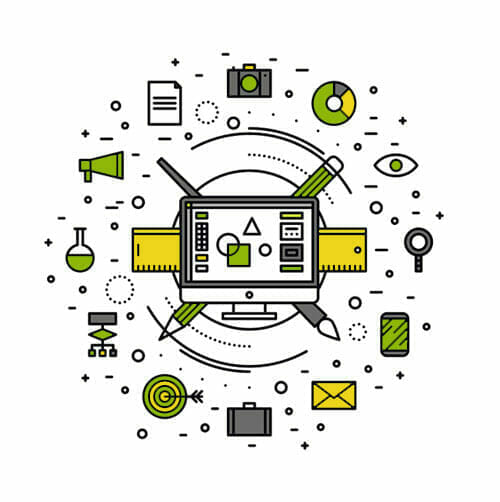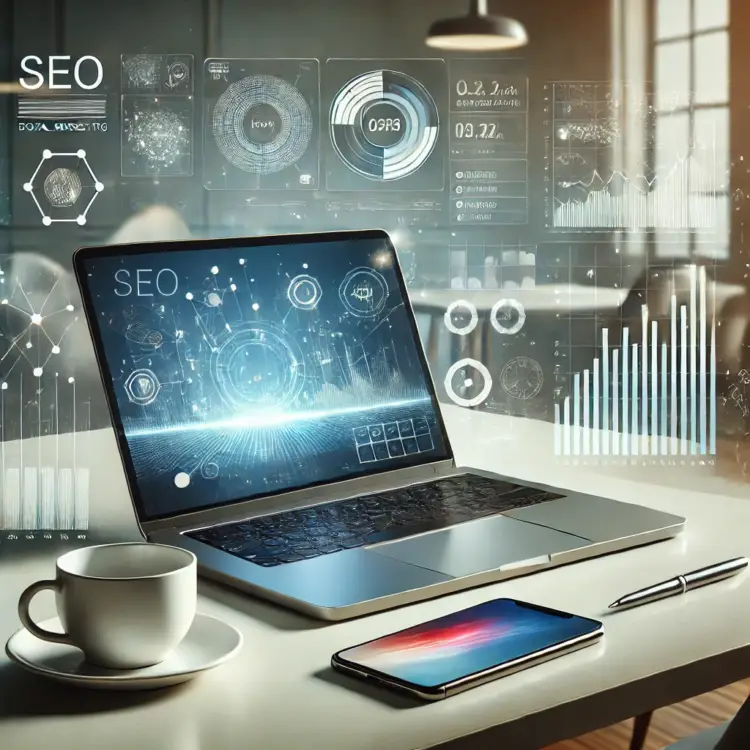6 Phases of Website Development Process You Can’t Skip in 2021
Great website design and development efforts are essential if you want a website that draws in users with an ideal online experience. But there’s a lot that goes into building a website from scratch.
People often imagine web design as purely aesthetics, which at one point was the number one consideration in developing your brand identity. But if you have a visually-stunning website that loads slowly and makes visitors impatient before they get a chance to explore your products, it’s not really doing its job.
Here are 6 phases of website design and development that are crucial for ensuring success for your business and your brand.
1. Gathering Information
Take time to research and gather information before generating website design concepts. A website should be all about answering user needs, and to do so, you need to learn what questions your user is asking.
- What is the purpose of the site? Are you looking to sell a product or service online? Or to give information?
- What goals should this website accomplish? To generate profits or to spread awareness?
- Who is the target audience for this Website? You must create a website that matches the interest of the ideal user within your demographic characteristics. Consider factors such as age, sex, or occupation to determine the design style accordingly.
- What kind of information does your audience need?
Take time to have an in-depth discussion with your client in order to determine the purpose, goals, and expected outcome of this website. Customizing the design to fit a target audience ensures that you end up with quality users that convert into customers.
2. Content Strategy and Wireframing
Once you gather the information you need, it’s time to generate a content strategy and a wireframe for the website. The wireframe and content strategy will be your North Star throughout the design and development process. It will provide the architecture you need to incorporate subtopics, content, color schemes, and more.
You also need to come up with a simple navigational structure, or user flow, for the website. This will guide your audience from one topic to the other within the content of the site. You should be picky when it comes to selecting the right content management system, since you’ll have to make edits in the future.
3. The Visual Design Phase
Once you have a clear plan for the structure and content, you need to create the look and feel, which is what the web design phase is all about. At this stage, your target audience needs to be considered in every decision you make.
The design of the website creates an interactive experience your audience can respond to. Knowing who your target demographics are, be mindful of how these types of user would ideally like to navigate a website.
Choose the right colors, typography, layout, graphics, and images that will make the website responsive to the needs of the users. A website for children might use bold bright colors, while a corporate website might use more neutrals and organize content like an encyclopedia.
4. Website Development
You have your vision, now it’s time to make your website real. A website developer will use various programs, languages, and software to integrate the elements of the website design into a fully operational web page. During the development stage, a developer is responsible for coding and programming. These two skills are often mistakenly viewed as interchangeable.
The website code is the instructional language you give to the computer to perform specific actions. Personal computers, mobile phones, microwaves, and calculators are all possible because of code. Coding during website development automates the various components of the website and create functionality.
Programming refers to how the code is executed on the web server. For example, HTML is the markup language used to create the basic structure of the website, CSS styles your HTML, while PHP codes are executed on the web server to generate HTML, which is sent to the client’s browser to display as a functioning website.
5. Testing Your Website Design
At this point, the website is up and fully functional, but has not gone live to the world wide web just yet. There are a few checkpoints the site must pass before this stage. A good website should be compatible with different browsers and mobile devices, so make sure you perform this check before going live.
You can also get real time feedback by conducting a small survey with representatives from the target demographic to test the website. These personas are a great way to see how potential users will respond to the website once it goes live. Be open to insights and suggestions. After all, websites aren’t designed for web designers.
6. Ongoing Website Maintenance
Just because the website is live, does not mean the job is done. You need to constantly attract visitors back to your website, so regular maintenance is necessary. Monitor the website, perform updates, expand your content, and repair any technical issues that may develop with time.
Ready For a Streamlined Web Design Experience?
There’s a lot of work that goes into web design tactics, developing and maintaining a website, and while you’re running your business, you might not have time to implement the 6 phases of website design and development yourself.
If you are ready to start testing your design options, and to experience an expert execution of the 6 phases of website design and development, get in touch with ADVAN Design and Digital Marketing. ADVAN has over a decade of experience creating visually striking websites that convert visitors into customers on a regular basis.
Featured client/products:
Glass Floors | Semi Truck Ramp | Glass Blocks| SEO Services Near Me | Steel Yard Ramp | Ramp for Loading Dock | Glass Flooring | Loading Dock Ramps | Portable Yard Ramp | SEO Company Near Me | SEO Agency Akron | SEO Expert Near Me | Marketing Agencies Near Me | Marketing Agency Akron
Yard Ramps | Yard Ramp






